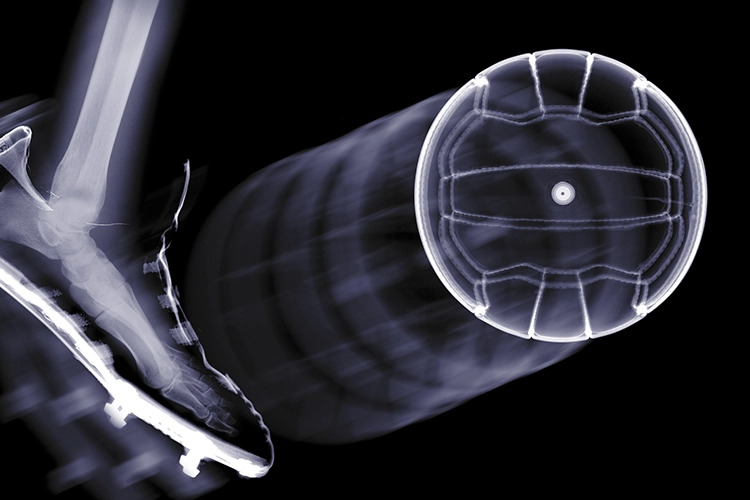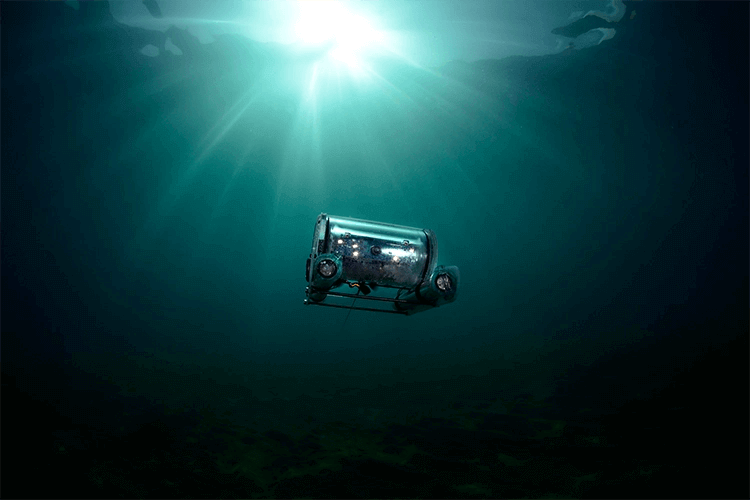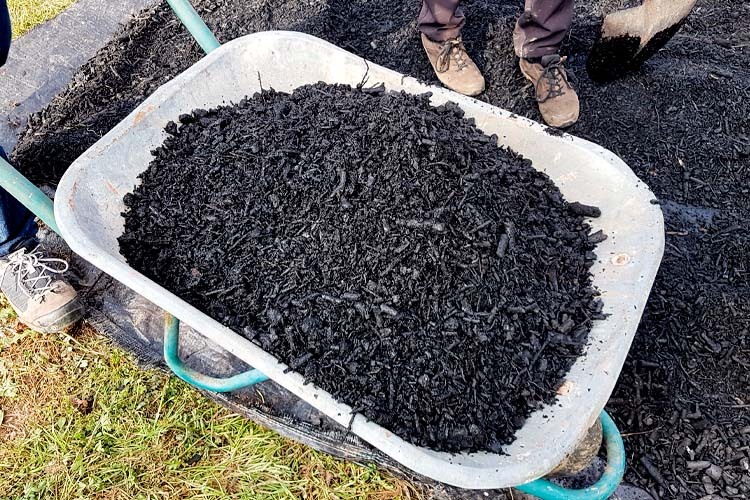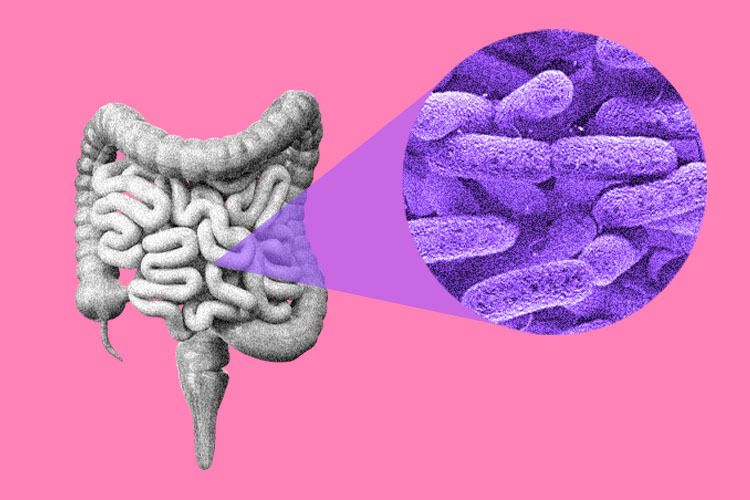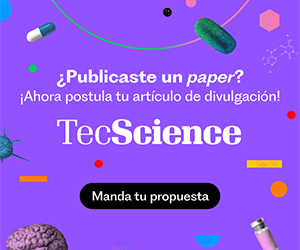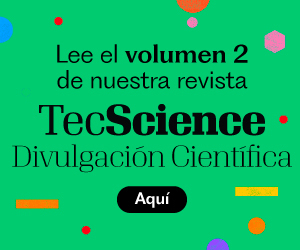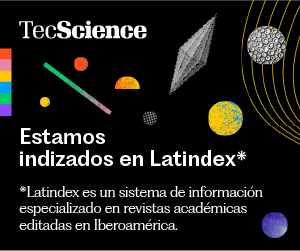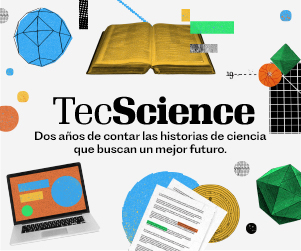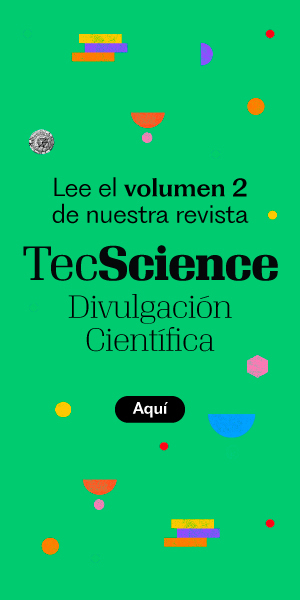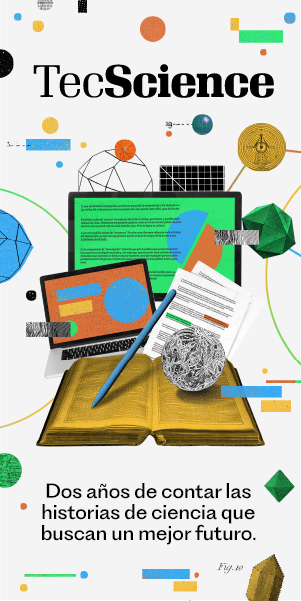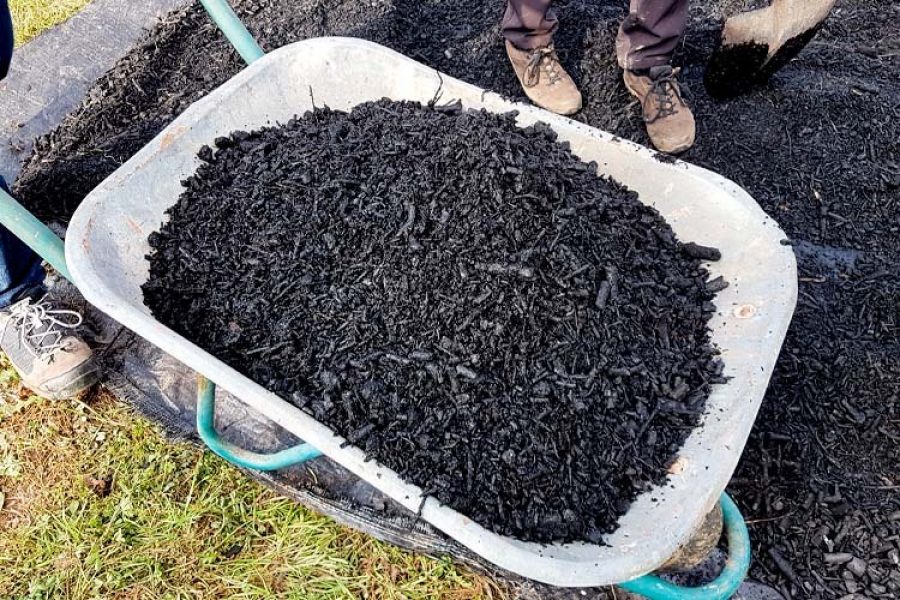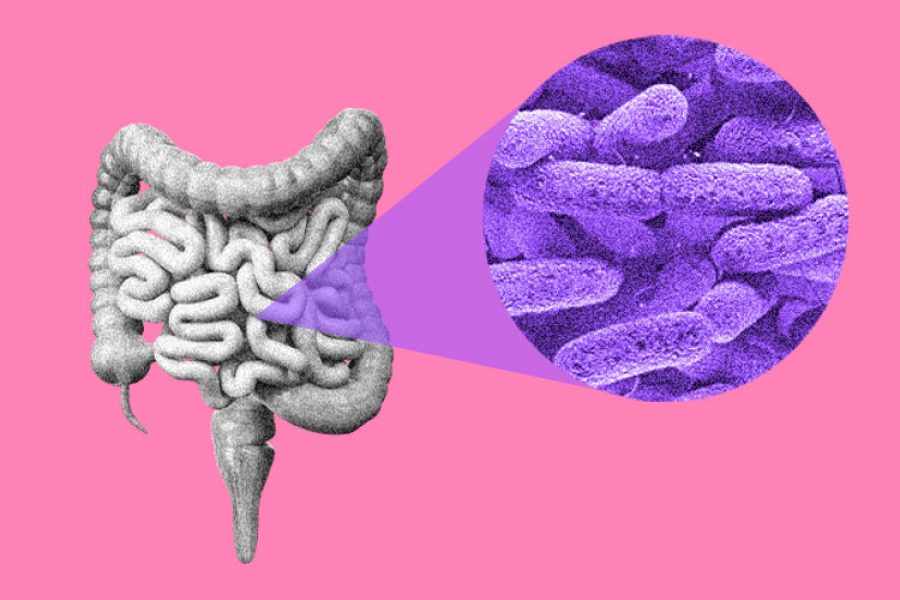By Roberto Carlos Gallo Villanueva and Víctor Hugo Pérez González
Proteins are essential biomolecules involved in various cellular functions. Accurately identifying them and understanding their interactions in living organisms are crucial for advancements in medicine and biotechnology. However, their size and diversity present significant challenges for study and application.
Microfluidics is the manipulation of small fluid volumes (less than one milliliter) that offers advantages over conventional methods by exploiting physical phenomena that differ from those in larger laboratory equipment.
Microfluidic devices, known as Lab-on-a-Chip (LOC) systems, including Point-of-Care (POC) platforms, have emerged as viable tools for protein analysis. These devices require only small samples, minimizing reagent use and waste while achieving high sensitivity and selectivity in detecting trace amounts of target analytes.
Additionally, these devices are cost-effective to produce, and their portability makes them ideal for rapid testing outside centralized laboratories.
In a recent review published in Electrophoresis [1], we discuss various microfluidic methods used for protein manipulation, identification, and purification:
Electromagnetic Processes
By applying voltage between two electrodes, an electric field generates electrokinetic forces—such as electrophoresis, electroosmosis, and dielectrophoresis—that selectively manipulate proteins based on subtle differences in their electrical and dielectric properties.
Advancements in micro- and nano-scale fabrication have significantly reduced the equipment required to generate these forces. However, further development is needed to enhance their efficiency and applicability.
Chromatographic Techniques
Microfluidics incorporates chromatography-based separation techniques that leverage protein properties such as charge, size, and shape. These techniques rely on differences in interactions between the analytes (mobile phase) and the stationary phase, allowing for highly selective separations.
Micro- and nano-scale chromatography methods include affinity chromatography, adsorption, size exclusion, and ion exchange. These techniques act as chemically modified filters that enhance differences between proteins, facilitating their separation.
Liquid-Liquid Extraction
These techniques exploit the chemical affinity of proteins for different liquids. When exposed to immiscible liquids, proteins preferentially migrate to one of them.
In microfluidic channels, this principle is enhanced by the increased surface area between the liquids, enabling rapid and efficient separation. Devices using this approach include aqueous two-phase systems (ATPS) and droplet-based liquid-liquid extraction systems, which further increase the contact surface for protein exchange.
Other Methods
Several other applications exploit different protein properties. Acoustophoresis uses a pressure gradient in a microchannel, with sound waves at specific frequencies generated by a piezoelectric device, to separate proteins in a sample based on differences in size, density, and compressibility.
Inertial microfluidics utilizes the balance of inertial, shear, and lift forces in straight or curved channels (e.g., serpentine or spiral) to separate proteins based on their physical properties. This method relies solely on channel geometry and viscous forces, avoiding direct protein alteration.
Advances and Challenges in Microfluidics
Paper-based microfluidics offers a simplified alternative that eliminates the need for external equipment to transfer fluids. It relies on capillary action, creating low-cost, biocompatible platforms suitable for resource-limited settings.
While microfluidic techniques provide efficient solutions for protein manipulation, separation, and identification, several challenges remain in developing commercially viable platforms for widespread use.
At Tecnológico de Monterrey, interdisciplinary research projects aim to address these challenges. The flagship Aging 360 initiative and the Nanotechnology and Semiconductors strategic program focus on designing, fabricating, and applying microfluidic systems in protein research.
For example, electrokinetic-based systems offer label-free protein manipulation but may alter samples due to interactions with the transport fluid. Additionally, miniaturizing and integrating electric field generators into portable platforms remains a hurdle.
Meanwhile, chromatographic and liquid-liquid extraction systems are well established and highly effective for protein applications. However, they often require external equipment for fluid manipulation and sample pretreatment.
Acoustophoresis and inertial microfluidics allow for large sample volumes and maintain the integrity of the suspension medium. However, separating proteins with similar properties continues to be challenging, and external equipment is still needed for sample pumping.
Despite these challenges, ongoing research is driving the integration of microfluidic devices with optical and electrochemical sensors, bringing us closer to fully functional platforms that meet World Health Organization (WHO) standards for point-of-care testing. These advancements hold great potential for improving diagnostics, disease prevention, and healthcare outcomes.
Reference
[1] De los Santos‐Ramirez, J. M., Boyas‐Chavez, P. G., Cerrillos‐Ordoñez, A., Mata‐Gomez, M., Gallo‐Villanueva, R. C., & Perez‐Gonzalez, V. H. (2024). Trends and challenges in microfluidic methods for protein manipulation—A review. Electrophoresis, 45(1-2), 69-100.
Authors
Roberto Carlos Gallo Villanueva. Research professor in the Focus Group on Nanosensors and Devices at the School of Engineering and Sciences, Tecnológico de Monterrey. He holds a Ph.D. in Engineering Sciences with a specialization in Biotechnology. His research interests include electrokinetic methods in microfluidics for biological and biomedical applications. He is a member of the National System of Researchers.
Víctor Hugo Pérez González. Ph.D. in Information and Communication Technologies from Tecnológico de Monterrey. He is a research professor in the Research Group and Strategic Focus on Nanosensors and Devices. He leads the Interface Science research group and belongs to the National System of Researchers

